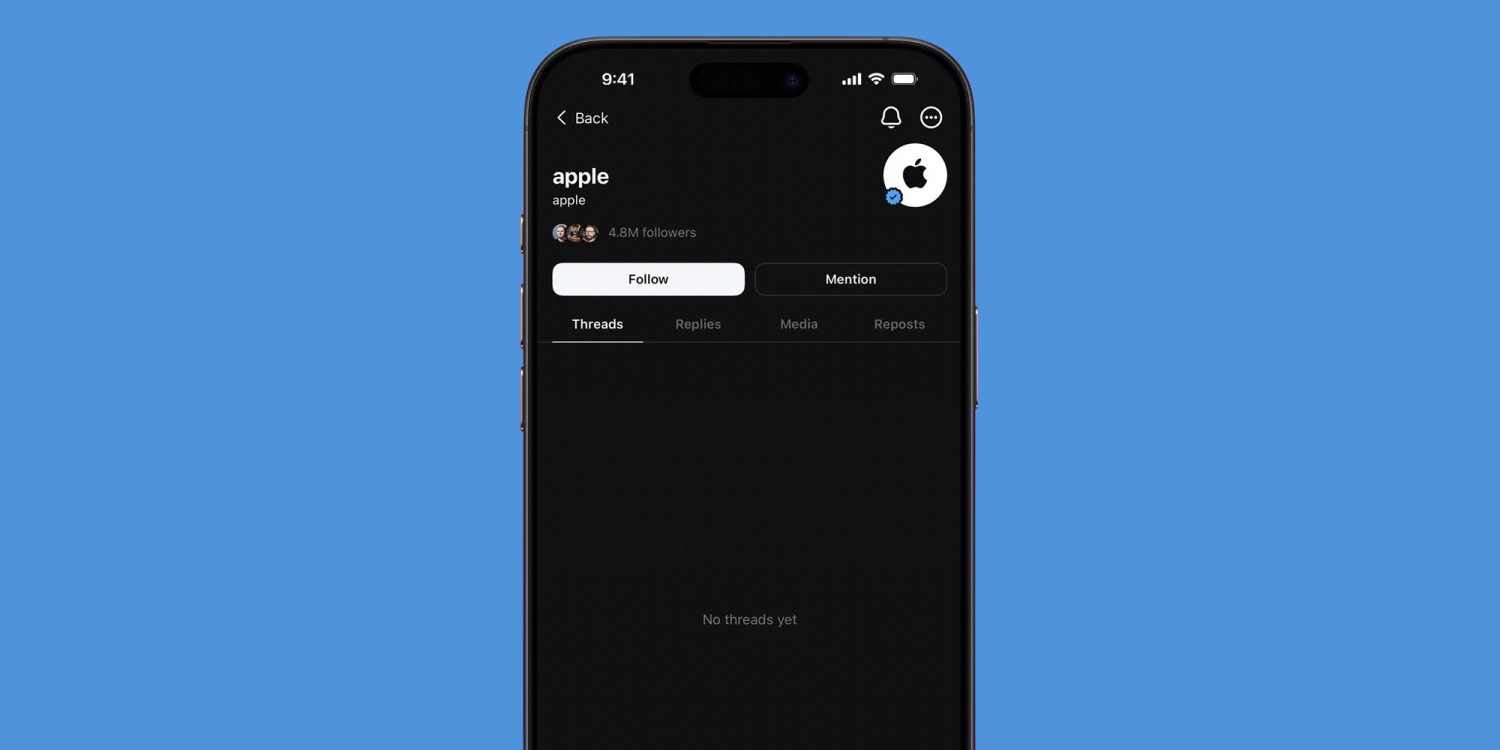Elon Musk’s artificial intelligence venture, xAI, has launched an API for its Grok 3 language model, making the system available to developers and businesses seeking an alternative to other large language models on the market. The release comes just weeks after xAI’s formal acquisition by X, Musk’s social media platform.
Grok 3 is positioned as a competitor to models like GPT-4o from OpenAI and Google’s Gemini 2.5 Pro. The new API offers two versions: the full Grok 3 model and a scaled-down Grok 3 Mini, both equipped with reasoning abilities. Pricing varies based on model type and performance tier. The standard Grok 3 API costs $3 per million input tokens and $15 per million output tokens, while Grok 3 Mini is priced more modestly at $0.30 and $0.50 per million input and output tokens, respectively. Premium tiers with faster response times are also available, with Grok 3 reaching up to $25 per million output tokens.
In terms of performance and pricing, Grok 3 sits in the mid-to-upper range. It’s roughly in line with Anthropic’s Claude 3.7 Sonnet but more costly than Google’s Gemini 2.5 Pro, which has received higher scores in widely used AI benchmarks. Grok 3’s benchmark results have drawn some skepticism, with critics noting inconsistencies and raising questions about xAI’s transparency.
Another point of contention is Grok 3’s context window. While xAI previously claimed support for up to 1 million tokens in a single prompt, the current API maxes out at 131,072 tokens, or approximately 97,500 words. This discrepancy has been flagged by users, especially those interested in large-scale document analysis or code generation.
Grok 3 builds on earlier versions of the model that gained attention for their willingness to engage with content deemed off-limits by other AI systems. Promoted as less constrained and more direct, earlier Grok models were capable of responding to prompts with explicit language or edgy humor. However, despite claims of political neutrality, analysis has shown that previous versions of Grok exhibited a noticeable lean on topics related to social justice and diversity.
Musk has attributed this to the data used during training, much of which was scraped from public websites. He has stated that xAI is working to reduce political bias in the model, though whether this effort has been successful remains to be seen. Past incidents — such as the model temporarily filtering out negative mentions of public figures — have added to questions about how content moderation is handled internally at xAI.
With the release of the Grok 3 API, xAI is moving into a crowded and competitive space dominated by major players. While the model offers some distinctive features, questions around cost, performance, and transparency may shape its adoption in the months ahead.





